Enipeas Gorge
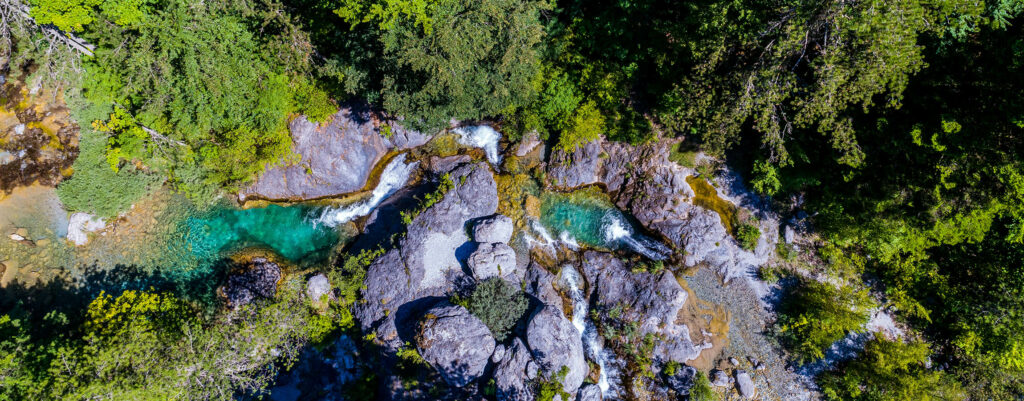
The Enipeas canyon, the largest of mount Olympus, combines imposing rocks with spring tides and woods.
The Enipeas riverbed carries abundant water throughout the year. According to the ancient Greeks, the Pimpleids muses use to live in its bed and on its woody sides. They were named after the town of Pimpleia, which the archaeologists situate at the beginning of the gorge.
Gorge of Orlia
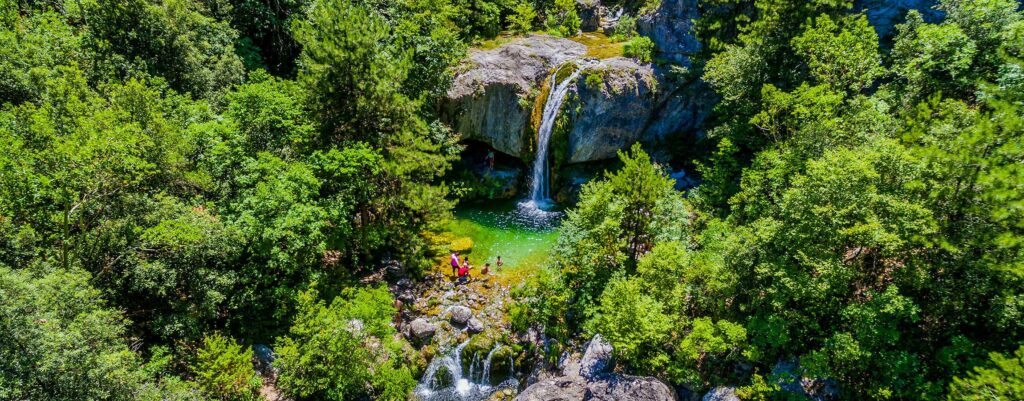
Orlias Canyon is the paradise of Olympus. The road route is short and easy, starting from Dion and leading to the chapel of Agios Konstantinos, which is where the hiking through the canyon begins. Amidst the luscious vegetation, wonderful waterfalls cascade from the slopes, forming pulpits with crystalline waters gliding amidst the rocks, making this a perfect opportunity for leaping and frolicking in the water, not to mention for shooting one-of-a-kind photos! Towards the midst of the canyon, the stunning 20-meter-high “Red Rock” waterfall is an awesome sight of unearthly beauty.
Xerolaki
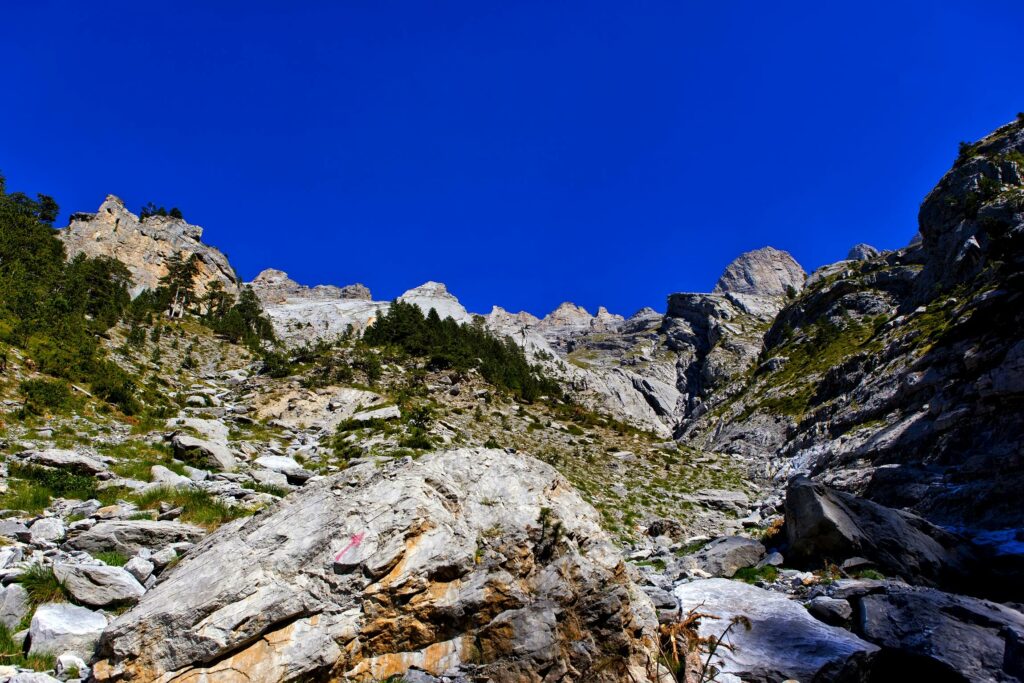
The mouth of stream Xerolaki, whose length is 15 km, is considered to be the biggest one on Olympus. It goes from the peaks of Flampouro and Christaki ending up to river Itamos (Agioneri).
Valley of Tempi
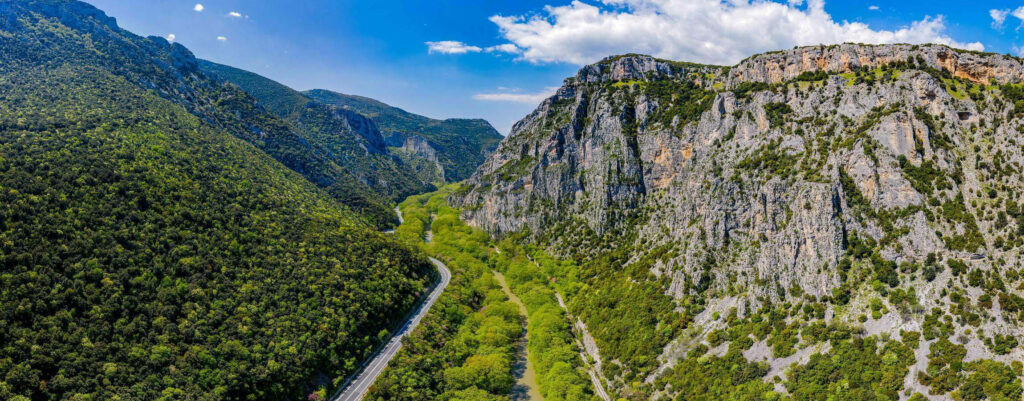
Even ancient Greek Gods were taken aback by its beauty. Between Mount Olympus and Kissavos, with River Pineios flowing through, the Vale of Tempe, which is 10km long, is an ode to the Mediterranean nature and it is easily accessible by car. Walking down the footbridge you will reach the waters of Pineios, just before the river empties them in the Aegean Sea. Cool off under the shadows of the riverside forest, which is full of plane, elm and willow trees, discover the beautiful flowers growing within the rocks of the canyon and watch rare bird species finding refugee in the dense vegetation. There is, also, the chapel of Agia Paraskevi and the cave with the holly water spring, both of which make Tempe a popular place for religious pilgrimage.
Waterfalls of Agia Kori
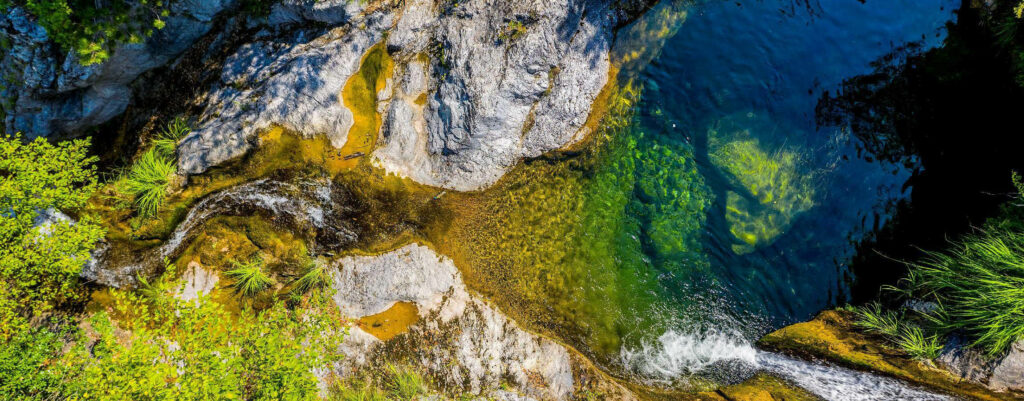
Agia Kori waterfalls. The small chapel of Agia Kori and the waterfalls are located shortly outside of Vrontou, in the northern part of Olympus. Agia Kori (ed.note: Agia Kori means Holy Daughter) lived during the period of Ottoman rule. She was a young girl who fled to Mt. Olympus in order to escape the wrath of Ali Pasha. Although Agia Kori she has not been officially recognized as a saint, she is venerated by the devout and numerous miracles have been attributed to her. A descent of approximately 175 steps leads to the chapel standing before the rivulet. Following the ensuing path, one stands before a beautiful waterfall, calling for exhilarating plunges into these natural ponds with the crystalline waters.
Waterfall “Kokkinos Vrahos” | Orlias
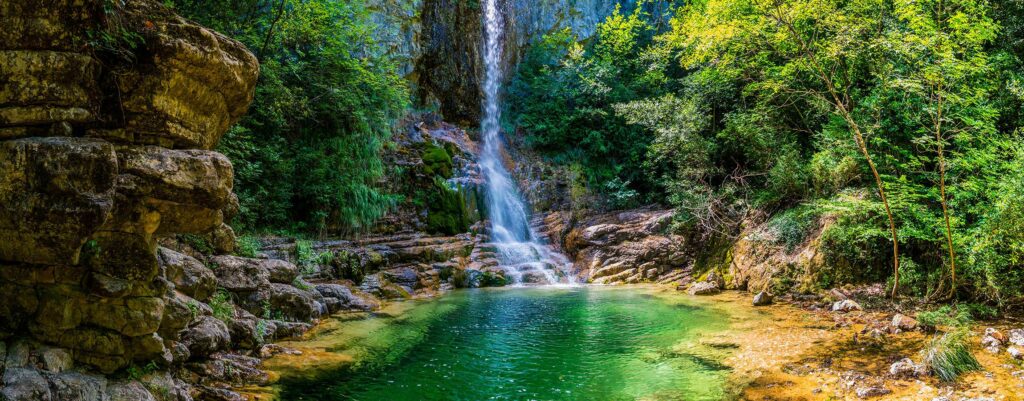
The streams running on the roots of mount Olympus create spectacular falls. In a distance of approximately 3 kilometers from the village of Karitsa, there is a beautiful worth-visiting spot, Agios Vassilios, surrounded by numerous plane trees. At 5kilometers from the village of Dion, the visitor comes across the location Agios Konstantinos from which one can also access the canyon of Ourlias where one can enjoy various mountain activities and take a cool break during the summer months. The location is one hour’s walk away from Dion archaeological area.